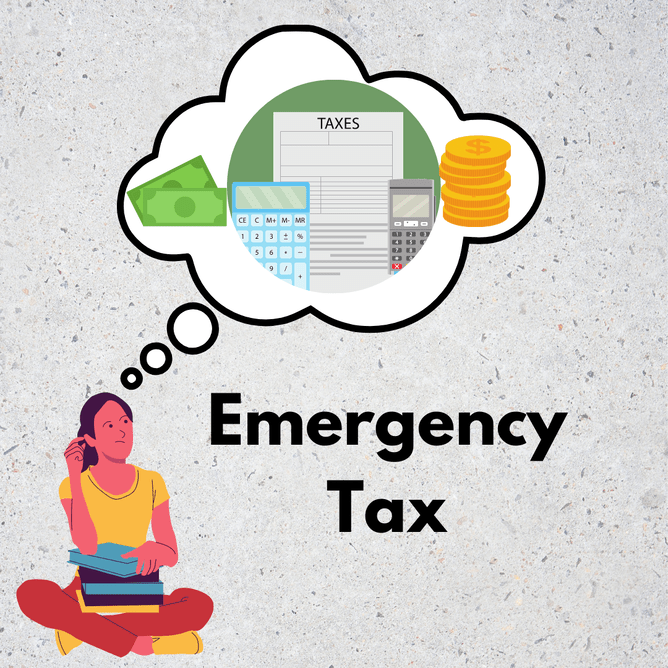Emergency tax codes are temporary and applied to your salary automatically by HMRC, they’re usually used when your income changes and there is not information about the tax you need to pay. It means you are only entitled to the basic personal allowance, not taking in to account any tax relief or allowances that you may be entitled to. This is commonly because:
- Your P45 from your previous employer has not been received
- You have started your first job
- You have switched from self-employment to PAYE employment
- You have started to receive your State Pension
- You have started or stopped receiving company benefits
How Do I Know If I Have Been Put On The Emergency Tax Code?
If you’re on an emergency tax code your payslip will show:
- 1257 W1
- 1257 M1
- 1257 X
Updating Your Tax Code
The emergency tax code could mean that you are paying more tax then you should so it is important to provide the correct tax code to your employer as soon as possible.
If you’ve started a new job
You should provide your employer with your P45 from your previous job.
If you’ve started working for an employer after being self-employed
Your employer should give you a ‘starter checklist’ - this is a form you can use to give them details about your previous employment.
If you’ve started getting company benefits or the State Pension
Check your tax code here to make sure it includes the State Pension or company benefit. If they’re not included, update your details in the tax code online service or contact HMRC here.

